Ebi imo is a valuable type of taro from Kyoto, famous for its unique shape, which looks like a bent shrimp, and its rich, smooth texture. This vegetable is a respected traditional Kyo-yasai (Kyoto vegetable) and shows the region’s focus on special, high-quality ingredients. Unlike common root vegetables, Ebi imo is expensive because of the huge amount of work it takes to grow it and its important role in the city’s old cooking history. This article offers a quick look at this special food, its history that spans centuries, and where to try its signature dish.
What Exactly is Ebi Imo?
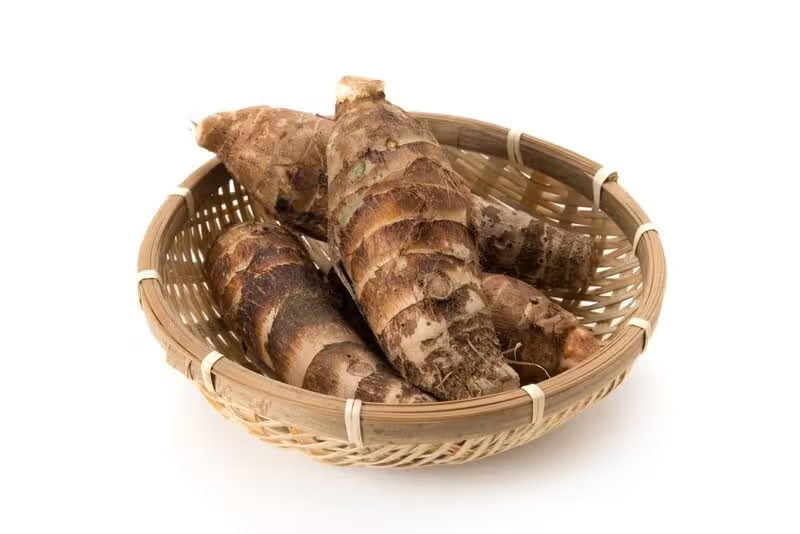
Ebi imo literally means “Sea Shrimp Taro.” The name perfectly fits how it looks: a clear curved shape, often compared to a bent shrimp, with faint, nice-looking stripes. Locals highly valued this for its smooth, slightly sticky texture, known in Japanese as netto-ri, and its strong, earthy flavor. The structure of this vegetable is key to its high status. It does not fall apart even after simmering for a long time. This makes it the perfect ingredient for fancy boiled dishes where the food must keep its perfect shape. This strength during cooking is what separates it from common taro and is why it costs more. Mainly harvested and available during the late autumn and winter, usually November through February.
Brief History of Kyoto’s Premium Taro
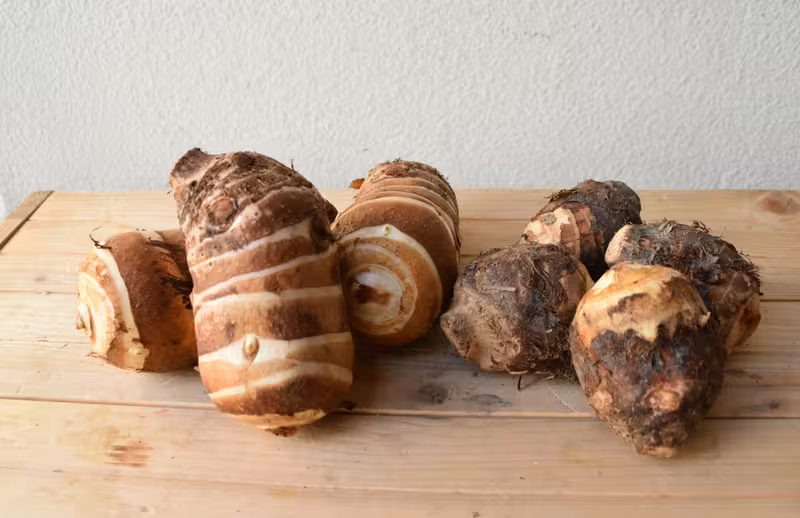
The history of Ebi imo goes back to the late 1700s when seeds were brought to the city. The successful growing and development of the special “shrimp-shaped” variety was done by Hiranoya Gondayū, who served the palace and specialized in growing vegetables.
The creation of this specific vegetable has some past with Kyoto’s food history, as Hiranoya Gondayū is also famous with inventing the traditional dish that features it. This farming success quickly made the vegetable a representative winter Kyo-yasai and secured its name today as a high-grade “Kyoto Brand Product.”
The special curved shape and striped surface are not natural. They are the result of highly skilled farming methods. Making the ideal shrimp curve requires special “hilling,” where farmers repeatedly pile soil around the plant as it grows. Because of this intense, specialized labor, real Kyoto Ebi imo is famous as a high-grade ingredient.
Where to Try the Classic Dish
Imobō Hiranoya Honke (いもぼう)
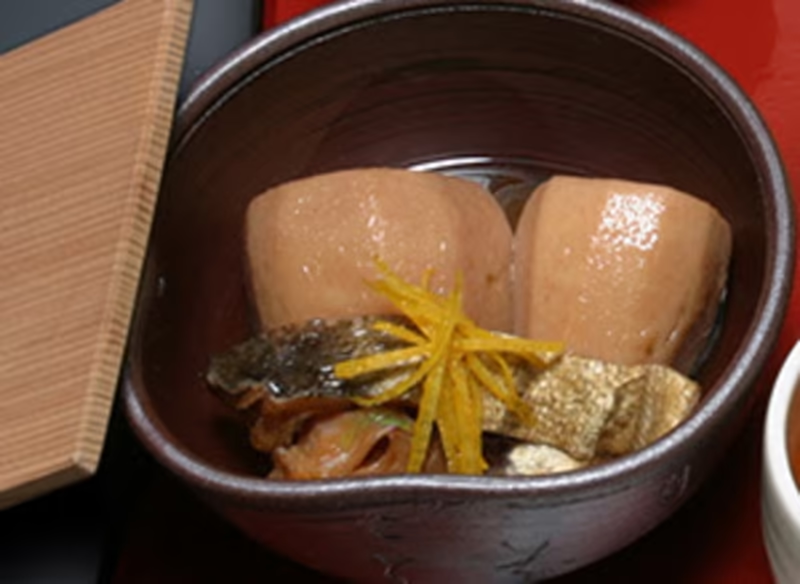
To truly enjoy the history and flavor of Ebi imo, you must try the signature dish, Imobō, at its origin. Imobō is a dish of Ebi imo and Bōdara (sun-dried codfish) simmered for a long time. Hence, the best place to try this is Imobō Hiranoya Honke.
This restaurant, located in Kyoto’s Maruyama Park, has a direct, historical connection to the vegetable’s founder and has been serving customers for over 300 years. Eating here is not just having a meal; it is als taking part in a historical cooking practice preserved over centuries. Additionally, the careful cooking fuses the full flavor of the preserved codfish with the rich taste and smooth texture of the taro.
Summary
Ebi imo is a perfect example of how specialized farming and detailed technique can turn a simple root vegetable into a premium cultural product. Thus, this dish reflects Kyoto’s commitment to keeping its culinary heritage and agricultural quality strong.
And so, for readers interested in this refined style of regional cooking, similar traditional dishes to try include: Saturated taro, simmered takenoko, simmered shibazuke, and other classic Kyo-yasai simmered dishes.
You can also look up in this article the different Kyoto’s traditional vegetables or popularly known as Kyo Yasai.
FAQ
What is ebiimo?
Where does it come from?
When is it in season?
Main season is late autumn to winter (roughly November–January).
What does it taste and feel like?
How is it usually cooked?
Simmered (nimono), used in classic Kyoto dishes like imo-bō (simmered with dried cod), fried, or served as seasonal side dishes.
Where can tourists buy ebiimo?
How do I pick a good one?
Look for firm tubers with intact skin and no soft spots; the traditional striped look is a plus if you want the Kyoto style.
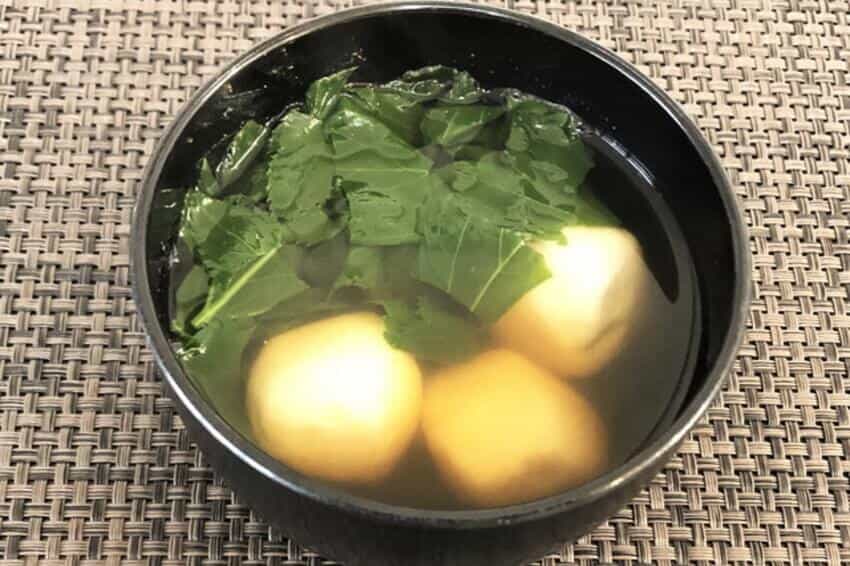
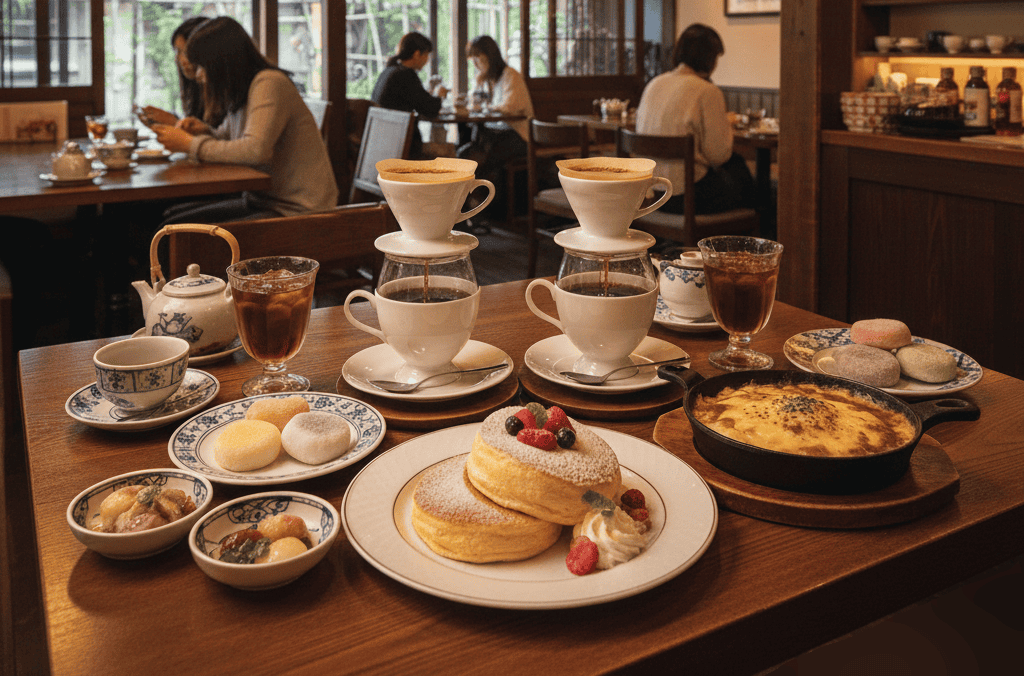
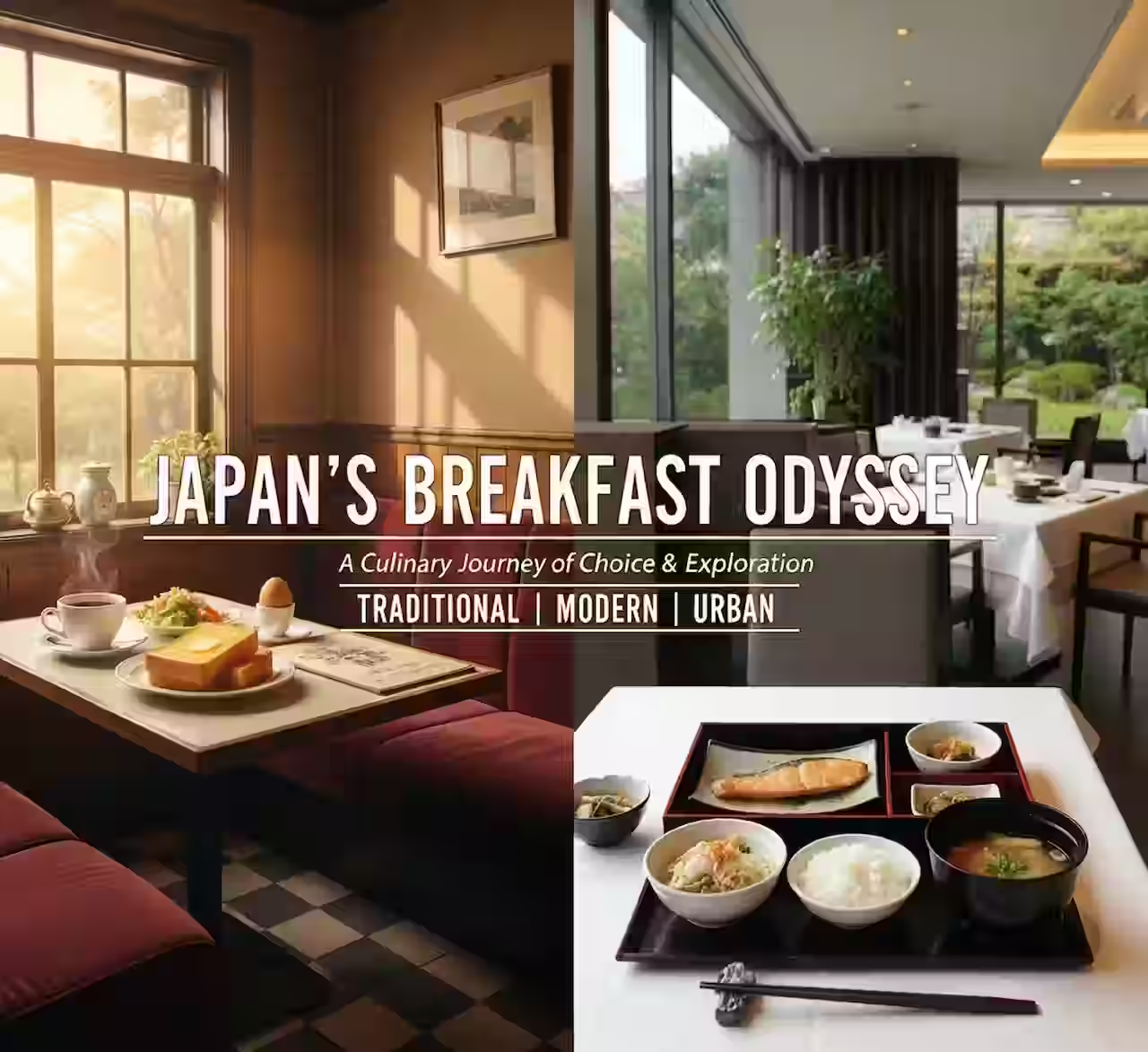
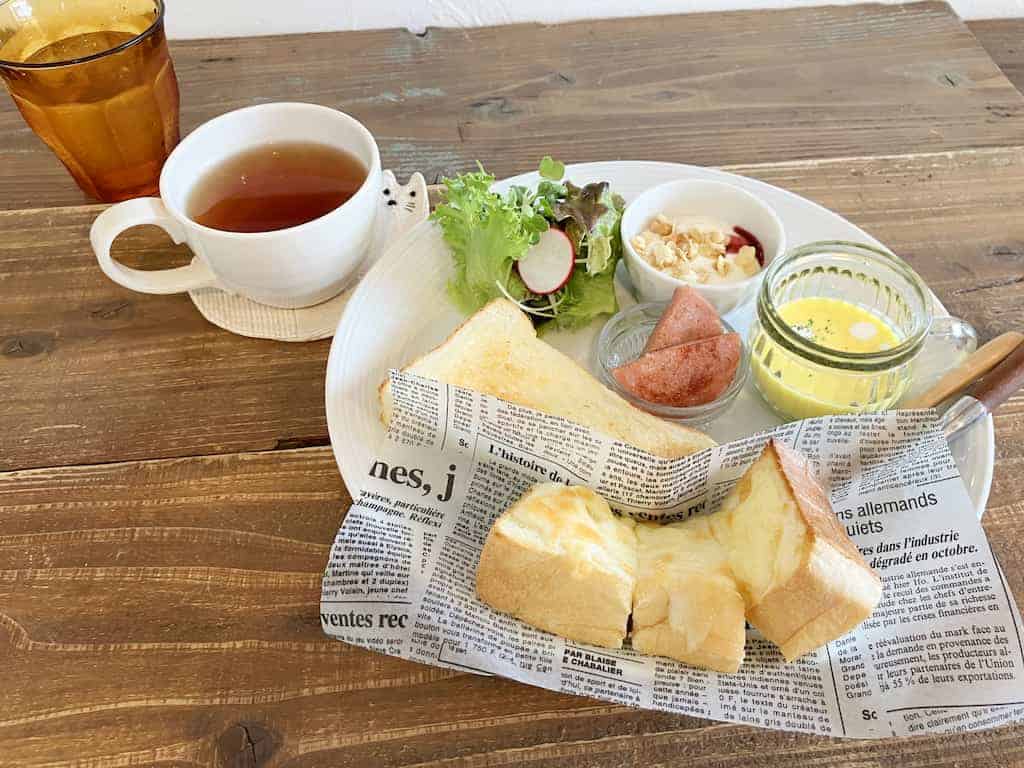
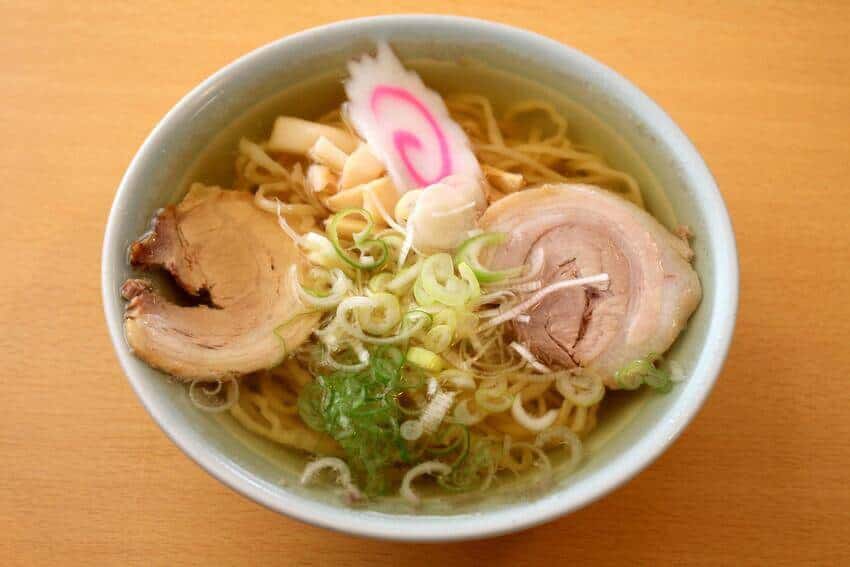

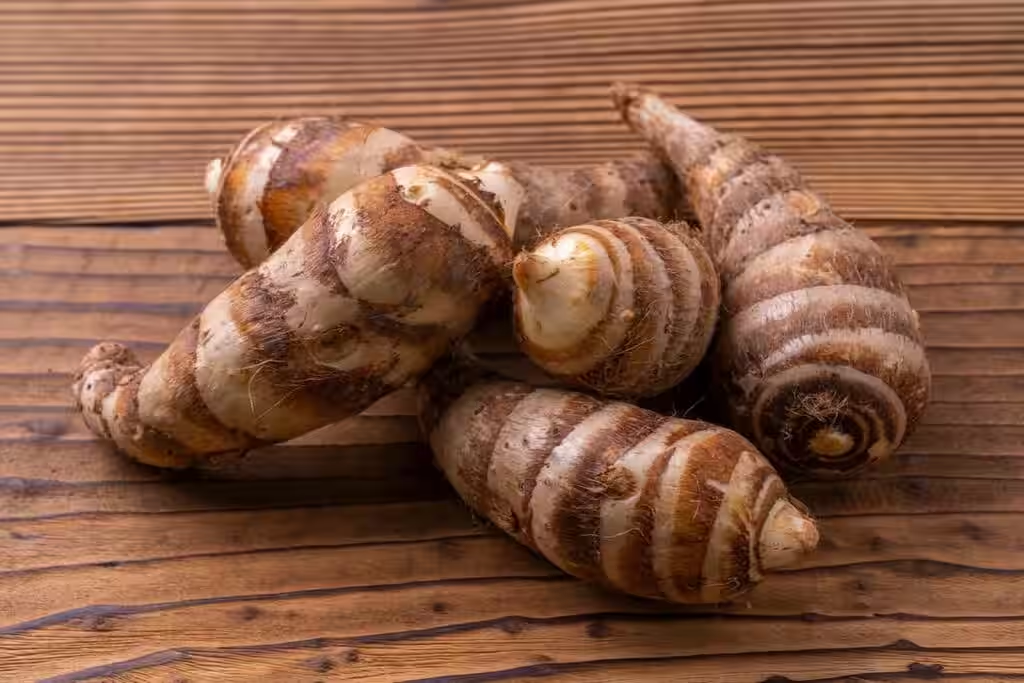
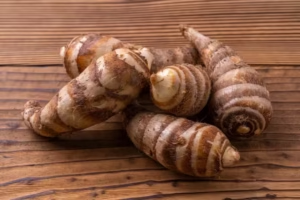
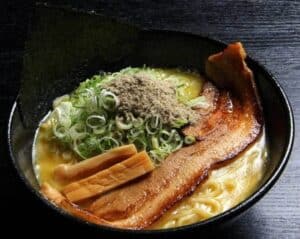
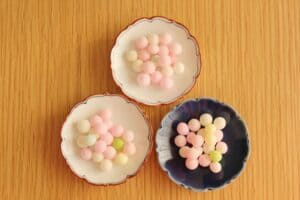
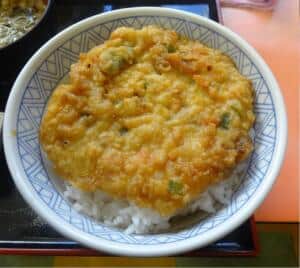
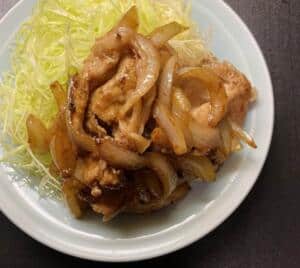
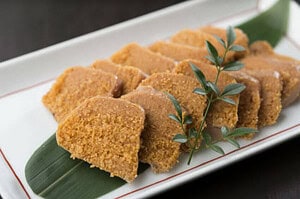
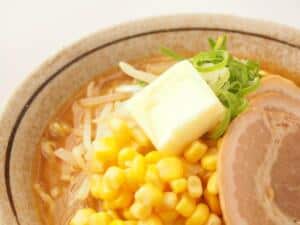
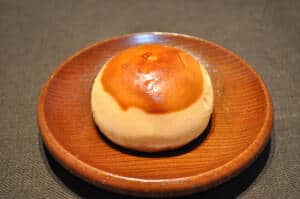
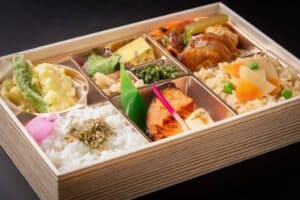
Comments